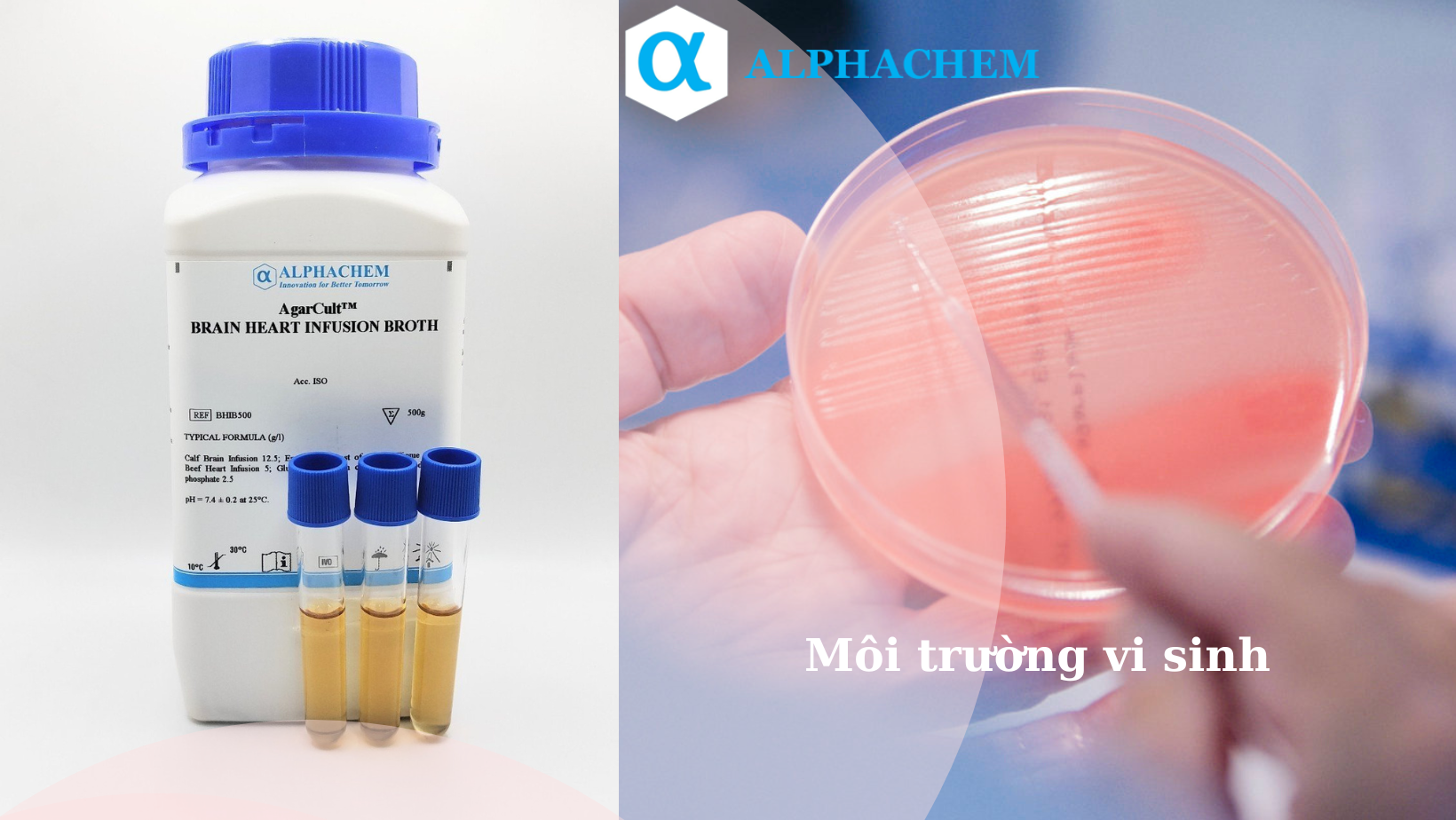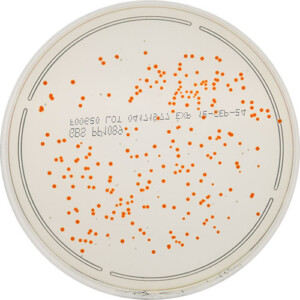Alphachem là nhà sản xuất môi trường nuôi cấy vi sinh hàng đầu Việt Nam, phù hợp tiêu chuẩn ISO 9001:2015 ; ISO 13485:2016.
Thành phần môi trường được nhập khẩu trực tiếp từ các quốc gia Châu Âu, free BSE.
Hơn 250 công thức môi trường được sản xuất đáp ứng mọi nhu cầu phân tích, kiểm nghiệm các chỉ tiêu vi sinh vật trong công nghiệp thực phẩm, y tế, nước uống và môi trường.
Phù hợp quy chuẩn ISO, NMKL, AFNOR, BAM, TCVN…

Thayer Martin Agar là một môi trường nuôi cấy giàu dinh dưỡng và chọn lọc, được phát triển đặc biệt để phân lập chính xác Neisseria gonorrhoeae và Neisseria meningitidis. Công thức đặc biệt của môi trường này chứa các kháng sinh có tác dụng ức chế sự phát triển của vi khuẩn hoại sinh và các tác nhân gây nhiễm khác, đảm bảo độ đặc hiệu cao hơn khi xử lý các mẫu từ những vị trí dễ bị nhiễm tạp.
Mặc dù Thayer Martin Agar cho hiệu suất tuyệt vời đối với hầu hết các chủng Neisseria spp, một số biến thể chỉ có thể phát triển trên Chocolate Agar. Do đó, chúng tôi khuyến nghị sử dụng kết hợp cả hai loại môi trường này để đảm bảo phạm vi chẩn đoán rộng và khả năng thu hồi vi khuẩn tối đa
Perfringens Agar Base is a base medium that allows the enumeration of Clostridium perfringens from food samples.
As a base medium, Perfringens Agar Base can have several supplementary and selective agents added to increase selectivity.
The addition of Eye Yolk Emulsion (BM0140) allows the detection of lecithinase activity as precipitates are formed by C. perfringens. The addition of D-cycloserine (LS0023) can be used to inhibit other facultative anaerobes, as used in Tryptose-Sulphite-Cycloserine (TSC) agar. (1&2)
Alternately, kanamycin and polymyxin B (LS0025) can be used to inhibit other coliforms generally found in food samples, as used in Shahidi-Ferguson Perfringens (SFP) agar.(3)
The tryptose and soy peptone provide the required nitrogen, carbon and minerals.
Yeast extract provide the essential vitamins, including the vitamin B group, needed for growth.
The ferric ammonium citrate and sodium metabisulphite allows the reduction of sulphites to hydrogen sulphide by C. perfringens, which produces black colonies.





